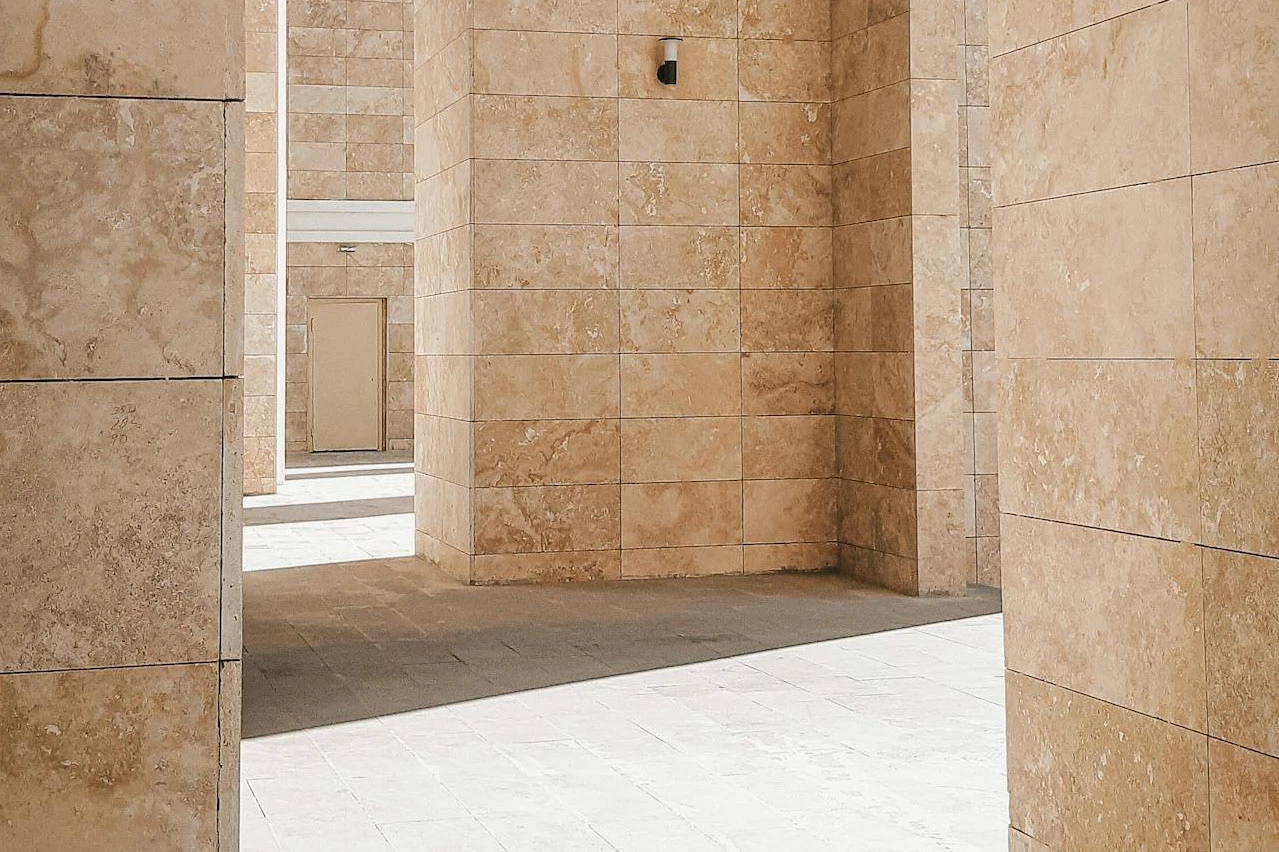Every slab of marble or granite in your kitchen holds a story older than civilization itself—a saga of tectonic shifts, human ingenuity, and backbreaking labor. These stones, forged over millions of years, travel from remote mountains to urban homes, passing through the hands of miners, artisans, and designers.
For Stoneman Magazine readers, marble and granite aren’t just countertop materials—they’re kin to the cliffs we climb, the boulders we conquer, and the wild landscapes we love. This is the untold journey of stone, from raw earth to refined luxury.
1. The Birthplace: Legendary Quarries of the World
Carrara, Italy: The Marble Mecca
Why it’s famous: Pure white marble from Carrara built Michelangelo’s David and Rome’s Pantheon.
The mining process: Workers cut into the Apuan Alps using diamond-wire saws, leaving behind surreal, snow-like landscapes.
Climber’s footnote: Abandoned quarries here sometimes become deep-water soloing spots.
Udaipur, India: The Granite Heartland
Hand-cut stone: Unlike mechanized quarries, many Indian workers still split granite using wedges and hammers.
The “Black Galaxy” phenomenon: Starry granite from Andhra Pradesh is shipped worldwide for luxury interiors.
Barre, Vermont: America’s Granite Capital
Sustainable stone? Smaller-scale operations focus on reducing water waste and reclaiming mined land.
Bouldering bonus: Old quarries in New England are repurposed as climbing gyms and outdoor problems.

2. Extraction: The Dangerous Art of Stone Mining
How It’s Done: From Mountain to Block
Diamond-wire saws: Slices through rock like a cheese cutter, leaving clean edges.
Explosives (carefully controlled): Used to break up large formations without shattering the stone.
Hand tools in developing nations: Chisels, hammers, and sheer muscle still dominate in some regions.
The Quarry Workers: Modern-Day Stonemasons
Risk vs. reward: Fatalities are high in unregulated quarries; silicosis (lung disease) is a silent killer.
Could climbers do this job? The endurance and grip strength required overlap with bouldering.
Environmental Impact: The Scars and Solutions
Water waste: Cutting and polishing consume millions of gallons annually.
Rehabilitation efforts: Some quarries are turned into lakes, parks, or climbing zones post-mining.
3. The Global Stone Supply Chain
Transporting Giants: How 20-Ton Blocks Travel the World
From mine to port: Heavy trucks crawl through narrow mountain roads (sometimes causing controversy).
Shipping lanes: Most stone sails from Italy, India, or Brazil to the U.S., Europe, and the Middle East.
The Cutting Factory: Where Stone Meets Tech
Robotic precision: CNC machines carve slabs to 0.1mm accuracy.
The “bookmatching” trend: Slicing marble so two slabs mirror each other like butterfly wings.
Waste Not: What Happens to the Scraps?
Crushed into gravel for roads or landscaping.
Artisan reclaim projects: Jewelry, chess sets, even climbing holds.
4. The Climber’s Connection: Stone Beyond Countertops
Abandoned Quarries as Climbing Gyms
UK’s gritstone quarries: Now beloved bouldering spots.
Deep-water soloing in flooded pits: Portugal’s marble quarries double as swimming holes.
Famous Climbing Stone = Famous Countertop Stone
El Capitan’s granite: The same speckled rock is sold as “Bethel White” in home depots.
Kalymnos, Greece: Its marble cliffs are a sport climber’s paradise—and a luxury designer’s dream.
5. The Final Destination: From Museums to Kitchens
Iconic Uses of Marble & Granite
The Pantheon’s 2,000-year-old marble floor.
Modernist homes: Sleek granite kitchens in mountain cabins.
Chef’s choice: Why marble is prized for pastry stations (it stays cool).
The Ethics of Buying Stone
How to source responsibly: Look for Fair Trade Stone or suppliers with transparent practices.
Alternatives: Recycled glass counters, quartzite (a natural, less-mined option).
Conclusion: Touch Stone, Touch History
Next time you run your hand over a polished granite countertop or chalk up on a marble boulder, remember—you’re touching a piece of the earth’s crust, shaped by time, sweat, and fire. Stone connects us to the planet’s bones, whether we’re climbing it or living with it.


 Related Reads on Stoneman Magazine:
Related Reads on Stoneman Magazine:






